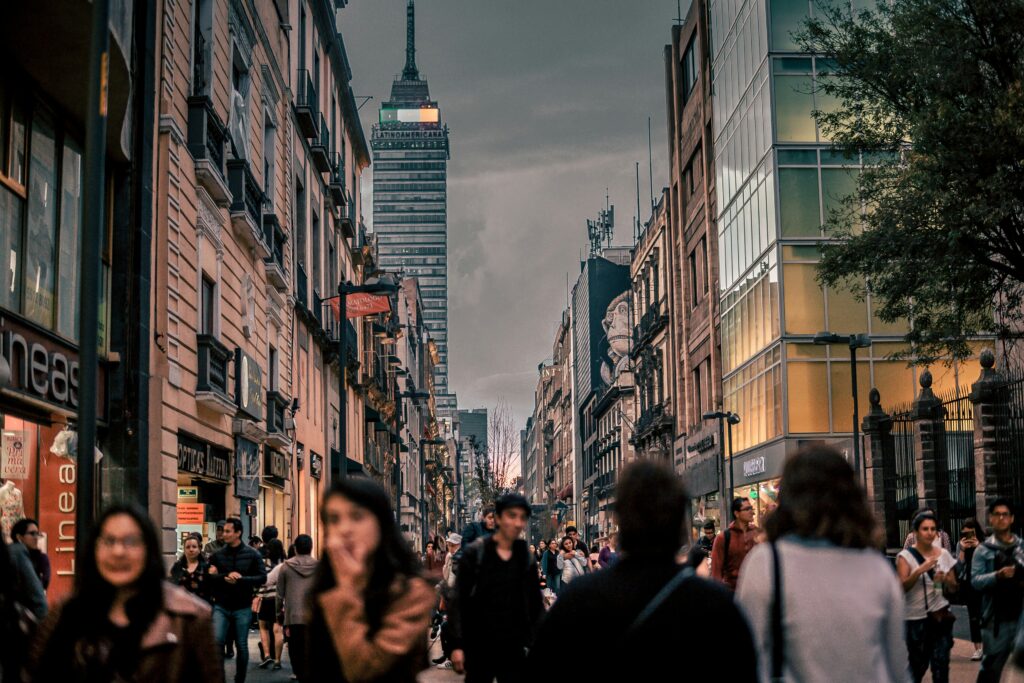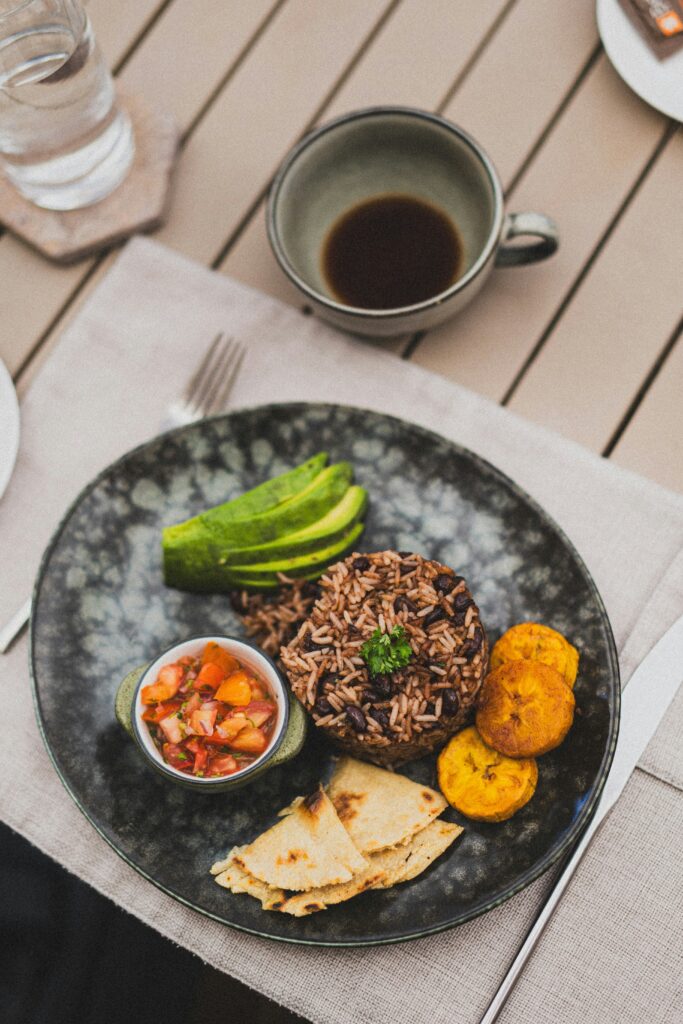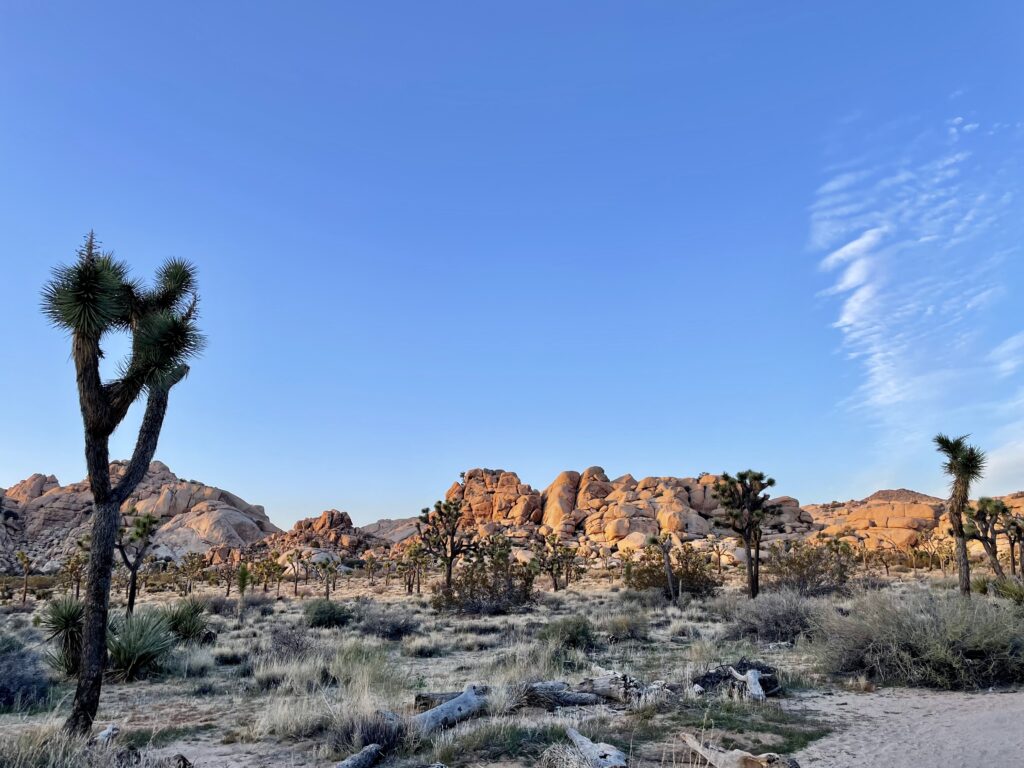
A little research and consideration go a long way when you’re trying to be a better tourist!
Picture this: a loud-talking, flip-flop wearing tourist, clad in an American flag tank top walks into the iconic, sacred, beautifully restored Notre-Dame Cathedral of Paris. On speaker phone. Cringe. (Ok, this is a pretty dramatic example, but I am certain it has happened at some point.).
Even if you don’t know Notre Dame’s specific expectations and tourist guidelines, you know this…isn’t it!…right?!
Traveling abroad for leisure is a total privilege — and with certain privileges come certain responsibilities.
Here at Hummingbird Travel Co., we can get a little (*ahem*) excitable when it comes to the topic of travel etiquette.
No, it’s not just because manners matter. (They do, but…spoiler: what’s considered ‘good manners’ in one part of the world may be viewed very differently in another!)
It’s because we’re all part of a global citizenship and when we opt to visit another country, we become guests in someone else’s community.
With a bit of moderate effort, we can be respectful guests! Thoughtful guests, even! Guests who aren’t the absolute worst…and who, in fact, can have a positive impact on the places we choose to visit!
With that in mind, let’s break down some of the most important Tourist DOs and DON’Ts that’ll help you learn how to be a better tourist!
Tourist DOs and DON’Ts — communication
✅ Do take the time to learn some basic phrases — at least please, thank you, hello and goodbye — if you’re traveling to a country where English isn’t the primary language.
Even this small effort can make a big difference in your interactions while abroad.
❌ Don’t talk quite so loudly! Many parts of the world are a bit more understated than we are here in the U.S. Whatever setting you’re in, use the people around you as a gauge to figure out an appropriate volume. Whether you’re at a museum, restaurant, or in a train car, if the people around you are speaking quietly, you probably should be, too.
✅ Do make sure you have a reliable translation app downloaded. This will spare you some headaches, mix-ups, and confusion!
❌ Don’t assume people speak English. As if coming across as arrogant or ignorant wasn’t reason enough to avoid this assumption, it can also lead to service or treatment that might not be what you’d hope for. (Hence the translation app.)
✅ Do practice patience! Traveling in a country where you don’t speak the language can be a fantastic adventure, and it’s important to keep in mind that lots of things may take some extra time.
From navigating public transportation and ordering at a cafe, to purchasing museum tickets and making a request at your hotel’s front desk, remember to build in some extra time for translation and respectful communication.
Tourist DOs and DON’Ts — food

✅ Do enjoy local cuisine! Make an effort to sample new foods, learn about the area’s signature dishes and local, seasonal ingredients. (Pro tip: visiting a farmer’s market is a really wonderful way to do this!)
❌ Don’t act disgusted or turn your nose up at food you’re served. Even if you think you know what you’re ordering, the plate you’re presented with may look very different from the American version of the dish. If something turns out not to be your favorite…at the very least, make sure you’re not insulting.
✅ Do visit independently owned eateries whenever possible, as opposed to chain restaurants. Just like in the U.S., these are the establishments where you’ll find the freshest, tastiest, most authentic takes on local favorites. Plus, this way your tourist dollars support the local economy, not a big food corporation.
Tourist DOs and DON’Ts — clothing
✅ Do dress for the occasion and the culture. Are you traveling to an urban center? A relaxed beach town? An area that experiences a high rate of poverty? Will you be visiting museums? Cultural or religious sites? Upscale restaurants? Plan accordingly! Flip flops and yoga pants aren’t always appropriate — just because you’re on vacation doesn’t mean everyone else is.
❌ Don’t ignore cultural norms. For example, make sure you pack tops to cover your shoulders inside churches; remember to bring a scarf to cover your head if you’ll be visiting a mosque; don’t be surprised by topless beaches in certain regions; be prepared to remove your shoes in some temples and restaurants in parts of Asia.
Tourist DOs and DON’Ts — culture
✅ Do travel with a mindset of curiosity! There’s so much to learn from every destination you visit.
Make an effort to explore or engage with the culture — learn about native flora and fauna, visit a museum, eat at a local restaurant, or take a day trip with a local tour guide.
If you’re intentional about experiencing and appreciating the culture you’re visiting, you’re almost guaranteed to arrive home feeling invigorated and emotionally fueled up by all your new experiences!
Carpe diem!
❌ Don’t be disruptful or disrespectful at cultural and religious sites. Follow rules about taking photos and videos, respect dress codes, speak quietly, and never disrupt a service or ceremony.
✅ Do take your time! If you’re trying to stick to a tight itinerary and have packed days planned, it can be hard not to rush. But, expecting others to move at the pace you want is not only likely to set you up for frustration, it also shows a lack of honor for other cultures that move at a more leisurely pace.
It’s essential to be flexible with your schedule when traveling. You’ll likely run into establishments that are closed for mid-day breaks, long lines if you’re in a tourist-heavy location, and service that’s slower than you’re used to.
Instead of expecting the world to operate on our schedule, why not make a mindset shift and enjoy a change of pace for a change?!
❌ Don’t assume that what’s customary in the U.S. is customary in the country you’re visiting. Take time to do your research ahead of time. For example, if you’re visiting Japan, you should know that a bow is a more respectful and appropriate greeting than a handshake. And, if you’re planning to enjoy the experience of visiting onsens (hot springs) there is very specific rules and etiquette to be aware of. Many onsens prohibit guests with tattoos, for instance.
It’s important to take some time to research customs specific to the region you’re visiting…it’ll decrease confusion and help you be a respectful visitor!
Tourist DOs and DON’Ts — sustainability

✅ Do be conscious of the resources you’re using. For example, if you’re visiting a destination that is practicing water conservation, do your part to contribute to these efforts! If your itinerary doesn’t lend itself to taking leftovers to-go from a restaurant, be conscientious about how much food you’re ordering so you don’t contribute to waste.
❌ Don’t forget to bring (and actually use!) a reusable water. For trips to areas that don’t have safe tap water, look into the variety of water bottles and straws with built-in filtration systems that are available. If you must purchase water at your desintation, at least opt for large jugs. Single-use plastic water bottles are seriously the worst!
✅ Do opt for reusable travel bottles for your toiletries, or low-waste options like a shampoo bar instead of a disposable bottle.
❌ Don’t leave home without your travel mug, set of travel utensils, and a reusable straw. We recommend packing a little sponge and a bit of dish soap in a reusable bottle as well. That way, you can wash these items throughout your trip.
✅ Do remember to respect natural lands. Don’t litter (do we still have to say this in 2025?!). Stay on trails or paths to avoid trampling fragile land. Appreciate beauty and take a photo, but don’t pick flowers, collect shells, or take anything from the land. Let wildlife be…approaching, petting, and feeding, wildlife can have negative consequences (for you and the animals)!
❌ Don’t forget to pack a reusable shopping bag or two! The world does not need more plastic bags!
Tourist DOs and DON’Ts — money
✅ Do support the local economy by purchasing from small businesses whenever you can. If given the choice between popping into a Starbucks or a local coffee roaster, go for that local coffee roaster every day of the week…and twice on Sundays!
❌ Don’t participate in exploitative tourism. As much as we hate this fact, unfair wages, unsafe working conditions, unethical environmental practices, and exploitation of animals and people can be part of a certain kind of tourism. Even though this is a sad reality, you can choose a better way!
With a bit of education and intentionality, you can participate in positive tourism that supports the humanity of local workers, artisans, and tradespeople; contributes to healthy economies; and helps sustain environmentally friendly practices.
While these efforts play out differently depending on where you’re traveling, here are some general rules of thumb that can steer you in the right direction:
Learn > consume. | Engage > exploit. | Small > big. | Ask > assume | Savor > rush
Enjoy > expect | Personalization > generalization | Quality > quantity
✅ Do learn local tipping etiquette. This can vary wildly from place to place, so it’s important to understand what’s customary in the area you’re visiting!
For instance, look at these tipping customs from around the world:
- In Japan, tipping isn’t part of the culture, and can actually be seen as disrespectful. Excellent service is expected as part of the job.
- In Australia, tipping is becoming more common. It isn’t obligatory at restaurants, but for exceptional service, people may tip 5-10%. A dollar or two per night for housekeeping staff at a hotel is common, and rounding up the fare to the nearest dollar for a taxi driver is customary.
- In France, tipping is appreciated but not mandatory. At restaurants, service charges are usually included, and adding on a little extra for really great service is a kind gesture. A small tip for cab drivers and hotel staff is welcomed but not expected.
- In Mexico, tipping is appreciated and expected in most service situations. If a service fee isn’t included at a restaurant, a 10-15% tip is customary. Taxi tips are typically 10-15% of the fare, and housekeeping tips are often 20-40 Pesos per night.
Ready to be a better tourist?
With the DOs and DON’Ts we’ve outlined here — plus compassion, curiosity, and gratitude — you’ll be a fantastic representative of the U.S. wherever your international travels take you.
Putting travel in perspective
It might surprise you to know that less than 20% of the world’s population has ever flown on an airplane. If you’ve read this far, chances are good that you’re part of that 20%, or are planning to be!
What a privilege! What a treat!
As part of the travel-loving club, we’re intentional about cultivating a positive and gracious mindset around travel…and we want to encourage you to do the same!
Instead of approaching the world as if it’s our personal playground that we’re entitled to, we work to plan trips that are phenomenal adventures for us and leave a positive impact on the cities, boroughs, villages, provinces, districts and regions we visit.
Let’s make it happen!
At Hummingbird Travel Co., we curate trips and experiences for conscious travelers — for adventures within the U.S. as well as abroad!
If you’re planning a trip (or dreaming of one!) and want to be a better tourist, schedule a FREE discovery call to learn more about how we can make it a reality.
Leave a Reply Cancel reply
I'm Hannah! At the Hummingbird Travel Co., I love to foster memorable travel experiences rooted in connection, curiosity, and authenticity throughout Seattle, the Pacific Northwest, and wherever your adventurous spirit is taking you!
Welcome!
start planning
Let's plan an experience you'll never forget
Learn more about our travel services and planning & let us help you create a memorable trip.
Planning an event in the PNW? Learn about our event services at The Hummingbird Event Co.
Join our Newsletter
Sign-up to receive all the latest updates, travel planning tips and inspiration, and special offers.
Curating trips, getaways, and experiences in the PNW & beyond, while seeking to build a culture of conscious travel. We honor and celebrate clients of all backgrounds.
© 2025 The Hummingbird Travel Co. All Rights Reserved. Site customization.